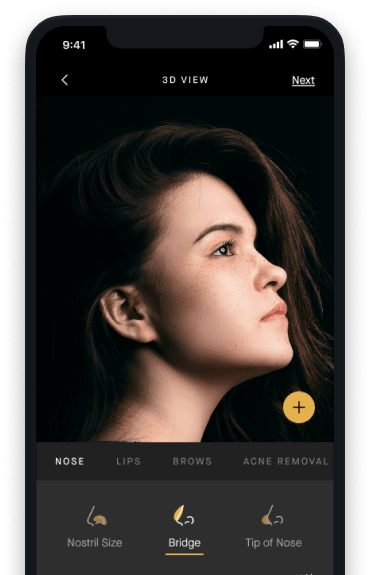
The Skinny
Average Recovery
6 weeks
Permanence
Permanent
Application
Surgical Procedure
Surgical
Yes
Cost
$3000 - $5000
AEDIT
Before & After Images by Provider

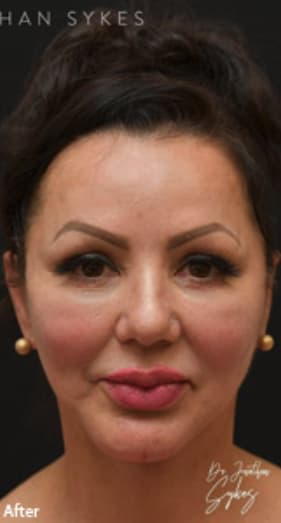

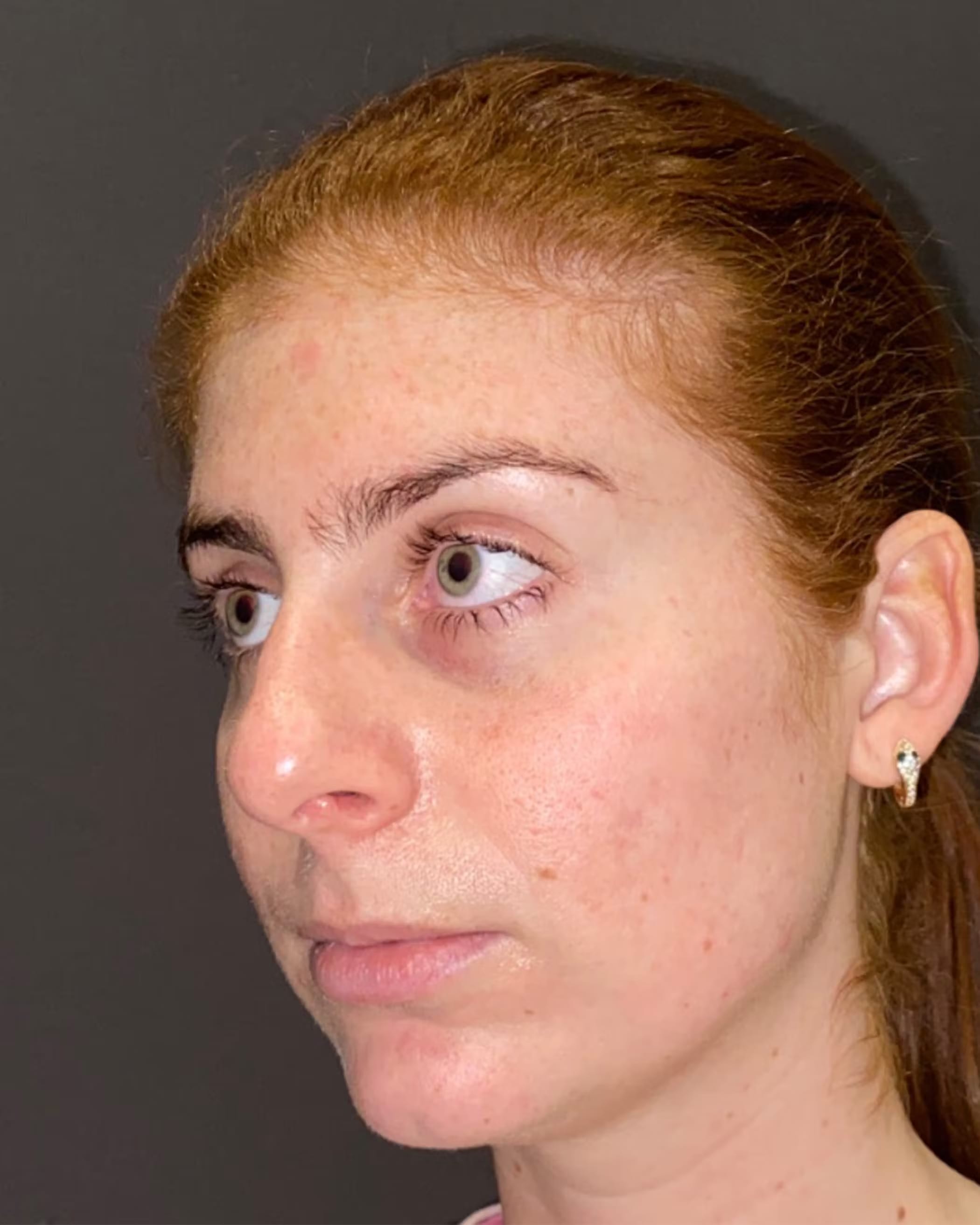



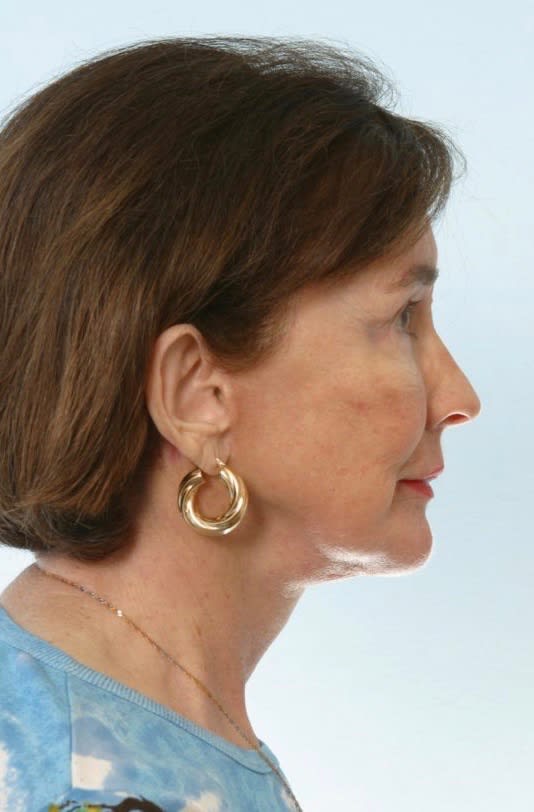

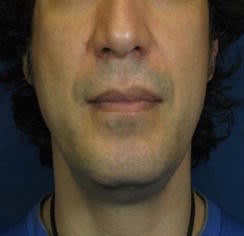


Before & After Images by Provider
Chin Augmentation
The Specifics
What is a chin augmentation?
A chin augmentation plastic surgery procedure is a permanent solution to concerns related to chin size and chin shape. There are two main types of chin augmentation procedures:
While both procedures can effectively enhance the chin, jaw, and neck areas, the osseous genioplasty carries significantly greater risk of side effects and complications. Many chin augmentation surgeries are combined with other cosmetic procedures like rhinoplasty, neck lift, or facelift to significantly enhance the overall facial appearance.
**What cosmetic concerns does a chin augmentation procedure treat?**Who is the ideal candidate for a chin augmentation procedure?
The ideal candidate for a chin augmentation procedure are adults who are in generally good health and seeking enhancements to their chin shape and size. A chin augmentation procedure is not recommended for those with severe microgenia (small chin), labial incompetence, lower lip protrusion, shortened mandibular height, periodontal disease, or severe malocclusion.
What is the average recovery associated with a chin augmentation procedure?
Most patients resume normal activity about one week following a chin augmentation procedure. For the first week of recovery, patients can expect bruising, swelling, pain, and tenderness. A soft or liquid diet with limited mouth and jaw movement will be recommended. The chin strap dressing is typically removed after one to three days. Full recovery may take a few weeks.
What are the potential side effects of a chin augmentation procedure?
Possible side effects following a chin augmentation procedure include infection, hematoma formation, poor wound healing, scarring, shift in the implant position, damage to facial musculature, or damage to facial nerves.
What can someone expect from the results of a chin augmentation procedure?
The results of a chin augmentation surgery are visible directly after the procedure, however, the results will finalize over one to three months. The final results will be permanent, but also subject to aging, use, and the effects of gravity.What is the average cost of a chin augmentation procedure?
A chin augmentation procedure can cost anywhere from $3,000 to $5,000. The actual cost of a chin augmentation is dependent upon location, board certified facial plastic surgeon, and length and involvement of the plastic surgery.
Pros
- Permanent Results
- Corrects Facial Asymmetry
- Corrects Facial Deficiencies
Cons
- Damage To Facial Nerves
- Damage To Facial Musculature
- Contour Abnormalities
- Implant Shift
Invasiveness Score
Invasiveness is graded based on factors such as anesthesia practices, incisions, and recovery notes common to this procedure.
What to Expect
Chin implants are a permanent solution for a recessed chin that offers increased size and projection. Here is a quick guide for what to expect before, during, and after a chin implant.
The Takeaway
A chin augmentation procedure is a plastic surgery procedure to correct a weak chin or recessed chin, enhance the jawline, and improve the overall aesthetic of facial features.






